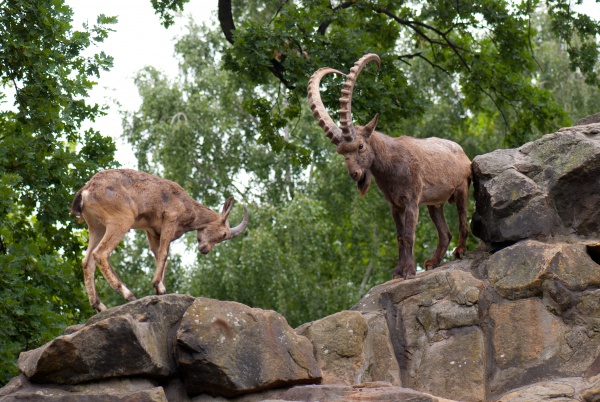Facts About Capra (genus)
The genus Capra comprises various species of goats, including wild goats, markhors, and several types of ibexes. The domestic goat, a subspecies of the wild goat, has been a companion to humans for over 8,500 years. Wild goats are particularly noted for their agility and ability to survive in rugged, mountainous terrains with sparse vegetation. One distinguishing feature between goats and sheep is the presence of scent glands and several other physical characteristics.
Capra goats are part of the Bovidae family and the Caprinae subfamily. These animals are ruminants, meaning they possess a four-chambered stomach that aids in the digestion of tough plant material. Notable species within this genus include the West Caucasian tur, the Alpine ibex, and the Spanish ibex. Genetic studies have indicated that some of these species are more closely related to each other than to others, unveiling a complex web of relationships within the Capra genus.
Goats were among the first animals to be domesticated, with the process beginning around 10,000 years ago in what is now northern Iran. They were invaluable to early humans, providing meat, milk, and hair. Goat skins were also used to make water and wine bottles and even parchment for writing.

 Russia
Russia